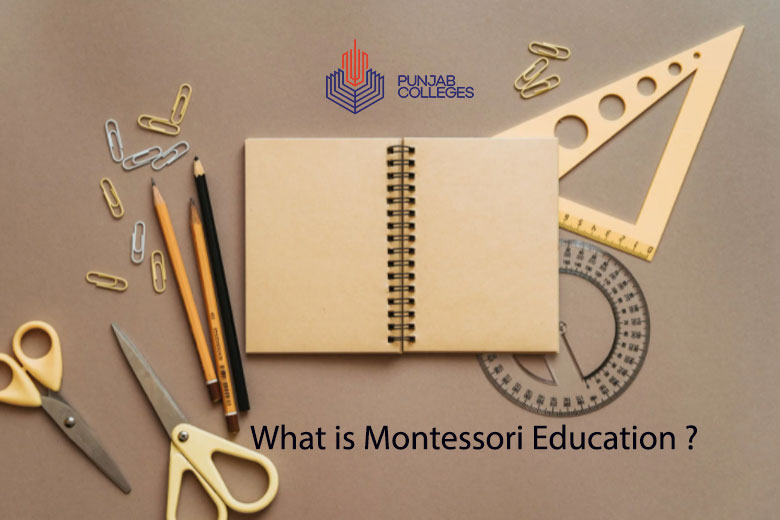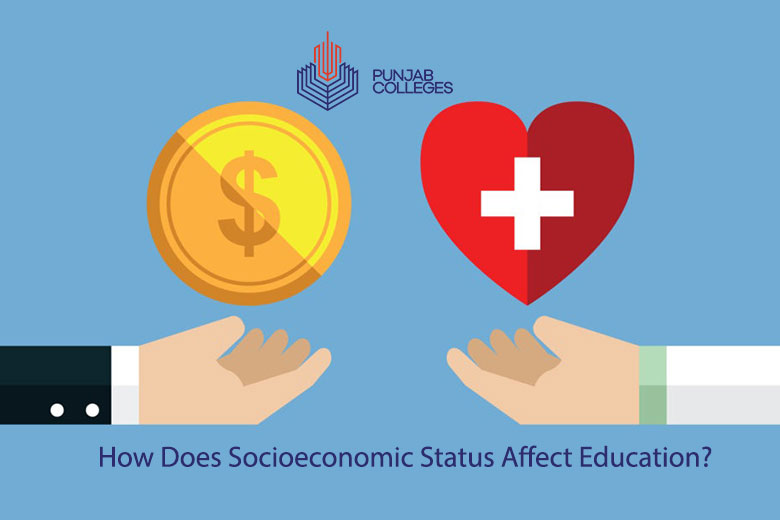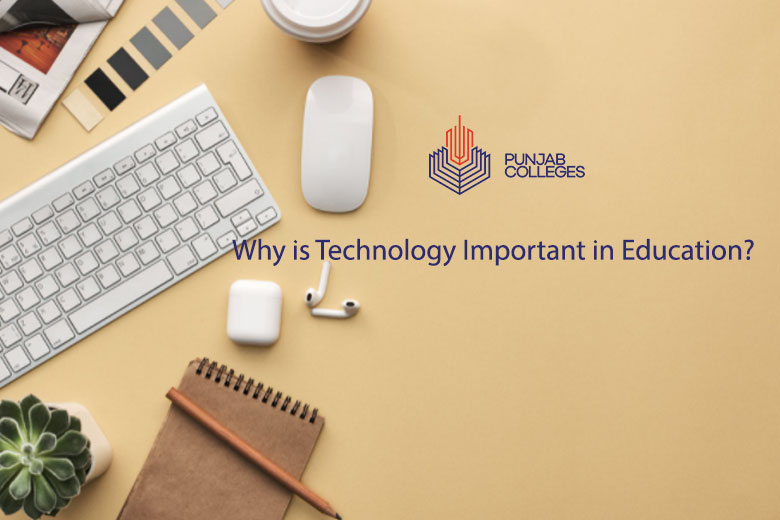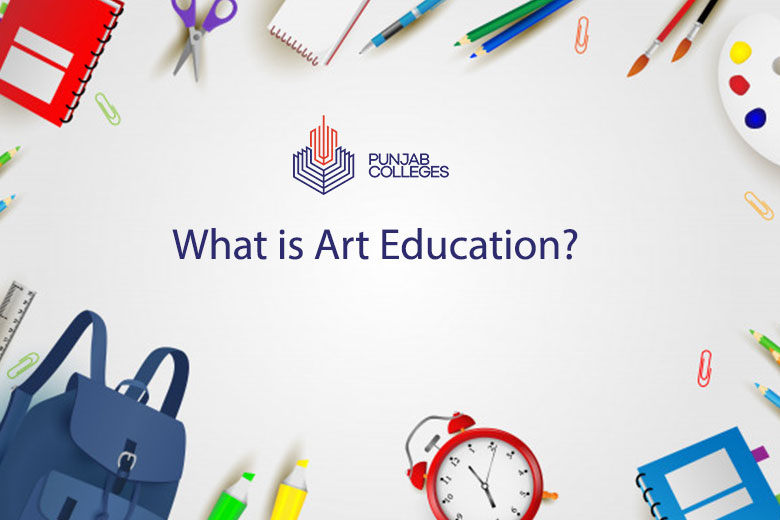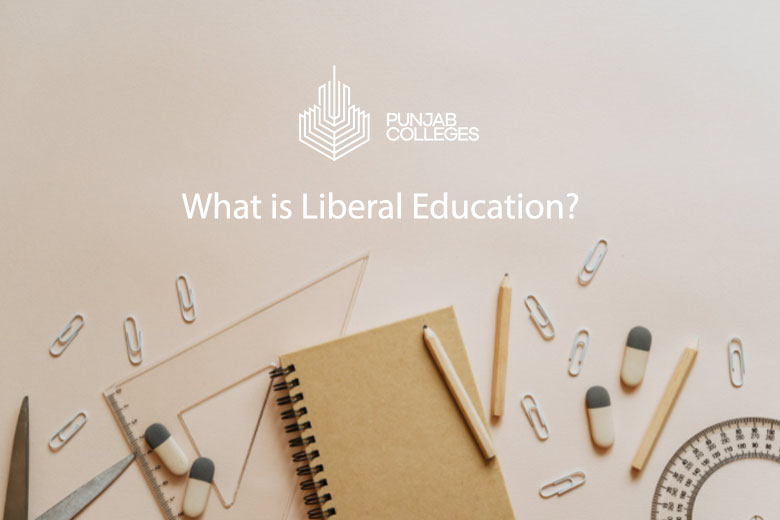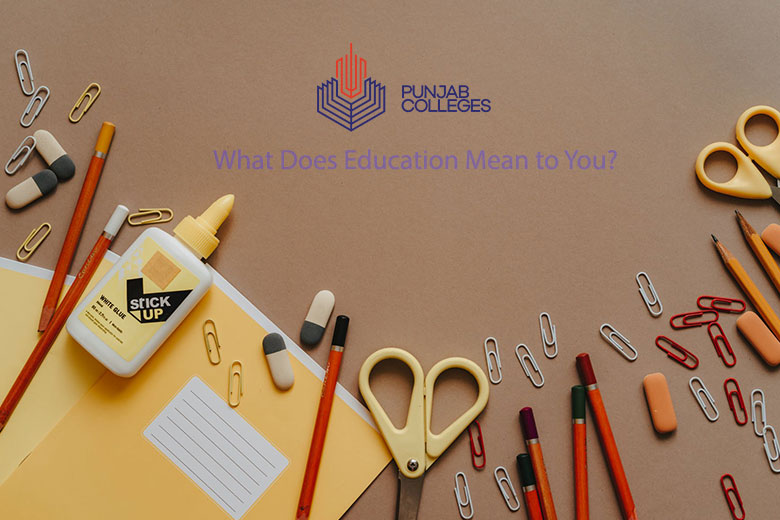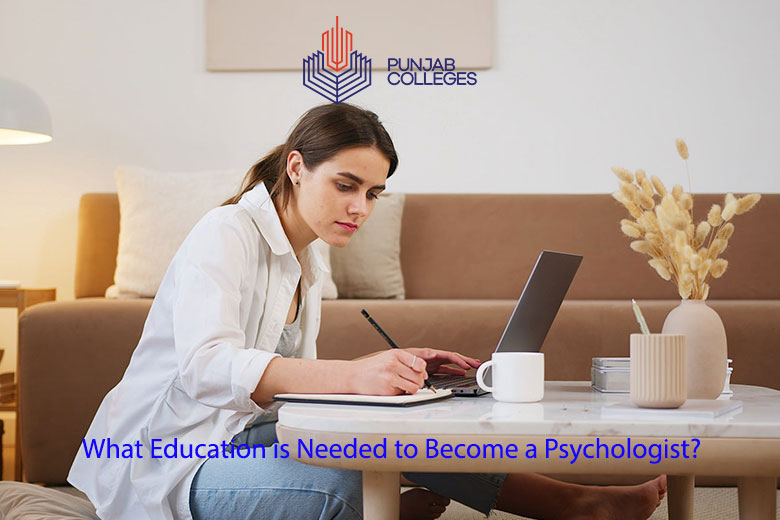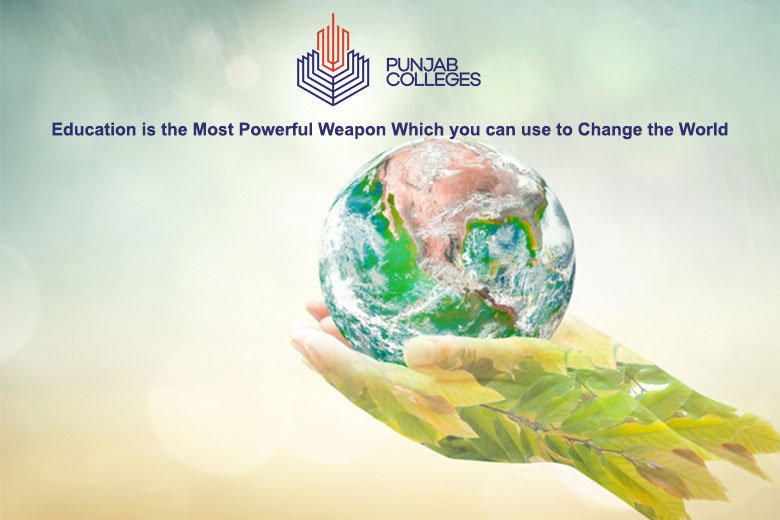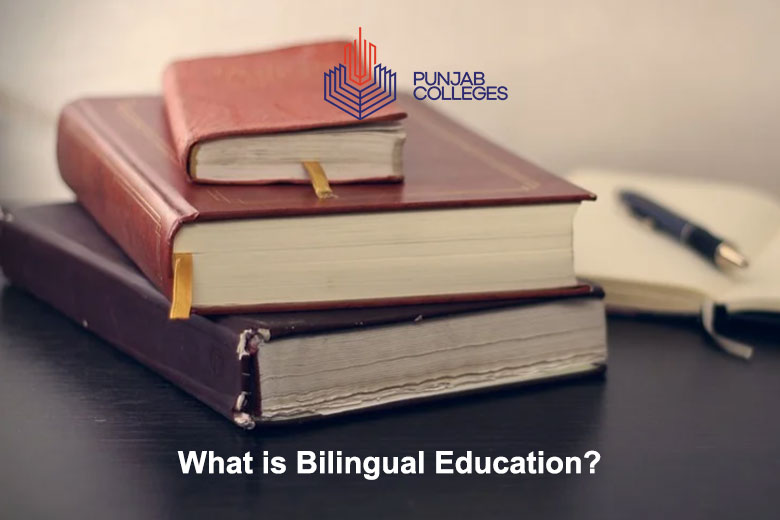Everything you need to know about What is Common Core Education? What is Social Justice in Education? What is Equity in Education?
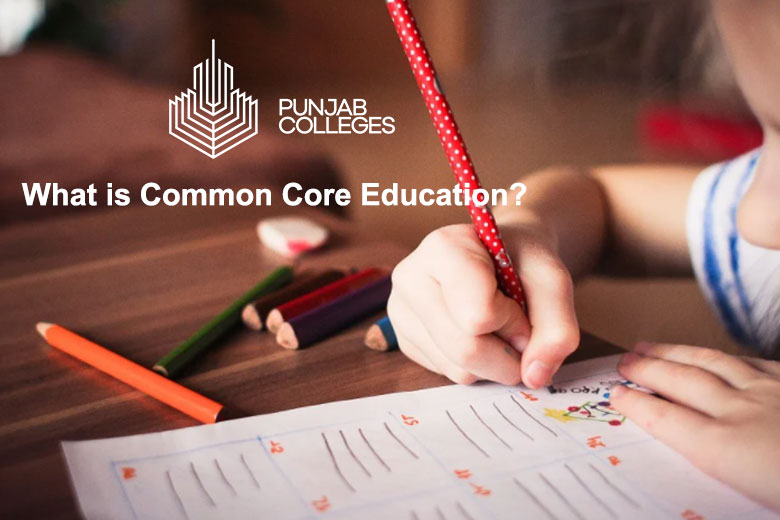
What is common core? and What is Common Core Education?
What is Common Core Education? Basic education or primary education is the one that provides a common core and universal education to all students. It ensures the development of their ability. Ability to read, write, calculate and know some essential cultural concepts.
In most countries, basic education is a compulsory education cycle. It is generally structured from 6 to 12 years of ag. It lays the foundations for secondary education. It is also known as elementary education, basic education, primary studies or basic studies. But in all cases it ensures the correct literacy of children.
Basic education is acquired in childhood. At this stage, socialization is developed. Also fundamentally, cognitive thinking that allows literacy. It also includes mathematical operations of addition, subtraction, multiplication and division. Through the basic combination of knowledge, it gives rise to the subsequent development of logical thinking.
It contains the subjects such as natural sciences, geography, history, science exact, plastic arts, music, and gymnastics. These subjects are the source of development and interactive learning.
The secondary cycle is accessed after primary education. It begins at the age of twelve or thirteen with the incorporation of more specific knowledge. It is divided into specific areas such as history, geography, language, philosophy, civic education, technology, and diversity of subjects. That vary depending on the educational establishments.
Everything you need to know about the common core education:
It is a text that contains information that can be associated with one or more codes. The set of actions that dynamite educational practice. It strengthens the disciplinary, pedagogical and didactic processes. These are framed within the educational project. In that, the purposes and scopes of the academic component establishes curricular harmonization.
This strategy of curricular strengthening helps in the development of knowledge, skills, abilities, and attitudes. It encourages the students of different disciplines to interact with each other. It has different cycles, levels and grades responding to learning demands and needs of educational institutes. All crossed by the interests of the students, it has a view to the construction of life projects.
Those projects lead them to perform efficiently in post-school life. Whether in studies, technicians, technological or superior as well as in the labor and social sphere. They are required to work hard and follow the course outlines according to the educational structures. A set of course studies and structures is a common core educational method.
It Strengthens the disciplinary field from the areas or subjects of both basic and medium. It has a vision to raising quality files education of the country from innovative practices.
Common core education starts from meaningful classroom practices. It gives students and teachers the base on which they can rely for teaching and learning methods. Including the lines of deepening the institution, it constitutes a link of research in the educational institute. Around that both teachers and students contribute their roles in research and degree projects.
Common core education consolidates teaching teams from elementary school. The average, with a view to construction and strengthening learning communities under an institutional axis. That is part of knowledge networks.
Systematize innovative experiences and degree projects. It has a view to participation in academic events and in calls for investigation.
What is the purpose of common core education?
Its purpose is to provide students with a common core and basic formation. That makes possible the development of individual motor skills and abilities. In this way, it helps in personal balance, relationship and social action. It is held with the acquisition of basic cultural elements; the previously mentioned learnings.
The main objective of common core education is to analyze the dynamics of reconceptualization. That takes place in the common core of education of the relevant department. From the sociolinguistic perspective. Particularly from the notion and pedagogical discourse model.
The common core educational approach offers us the elements for the analysis of the better educational structures. It is present in the processes of production of new methods. Common core education methods help in the reproduction of culture through the definition of the basic concepts and rules for the ordering.
The common core education is understood as a source of control and power for the reproduction of culture through education. Its function is to transform the forms of knowledge that perpetuate and regulate the educational structures from start to end.
Common core education also develops your personality to the core. It leads to the potentials to demand for or to provide with better things in the society. Such learning consequently becomes a source to create a better place for you and all the people around. One important factor of having a desirable society is social justice. Let’s get to know what is social justice in education? and how does this contribute to betterment in the society.
What is Social Justice in Education?
To speak of social justice is to speak of inclusive education. It is talking about ensuring that all boys and girls have the right to an inclusive, equitable and quality education. Talking about philosophy, ethics and humanism is talking about people.
Social justice is a broad concept. It is linked in its origins to the definition of the goods and resources. A social group considers it valuable. The way in which they are distributed and the criteria that are at the base of their delimitation and distribution.
Social justice refers to the need to achieve an equitable distribution of social goods. Thus ensuring the dignity of all people and social cohesion. Social justice is understood in two directions.
The relationship between education and social justice has different contacts, frictions and results. Both to understand each other and to conduct public interventions in different arenas and social spaces.
In this way, social justice has been outlining the educational field in recent years It is based on a triad composed of redistribution, the recognition and representation.
What is social justice:
Social justice is a value. It promotes equal respect for the rights and obligations of every human being in a given society.
Characteristics of social justice:
Social justice is characterized as one of the most important social values in society. Social justice ensures the common good and the harmonious coexistence of the society in which we live.
In this sense, social justice focuses its efforts on the search for equity in education. It reflects in the different social issues that still need to be resolved.
Why social justice is important in education?
We point out that the positive sign of educational (or school) justice is more or less evident. Although equidistant from its realization. But at the same time its strength to diagnose injustices. Despite the fact that in formal terms school inequality has been decreasing. Mainly this issue is due to the expansion and strengthening of school systems in recent decades.
Until today, issues such as family income, place of residence, sex / gender, age, belonging ethnicity, disability, certain institutional arrangements, among others, are factors that continue to mark injustices in the results. It ultimately effects the educational learning of people and social groups.
In this context, schooling constitutes a resource that contributes both to the achievement of other broader objectives. However, for vast sectors of the population, this is still a scarce good. It is a partial right. It is not even exercised at times. Either because they do not have access to it. Also because the one they receive is not relevant or significant source to improve their levels of well-being.
The lack of social justice means that the future prospects of children in different parts of the world are totally different. All people have common basic needs, which are translated into fundamental human rights: the right to one’s own identity, to survival, to education, to express ourselves freely and to be treated with dignity and respect, for example.
When these fundamental needs are not met, we are faced with inequities. That can occur in both industrialized and developing countries. What turns these situations into injustices is that they can be avoided.
These are not unsolvable problems that we cannot cope with. But they have often been caused by people and persist. The reason is that many people ignore them. The decision to promote or deny social justice rests with the individual. Whether at the individual, local, national or global level.
Educating for reflection:
Learning about social justice requires more than becoming familiar with this term. Some legal texts and integrating abstract concepts of rights. That students realize the existence of inequities in their own lives and in their immediate environment: home, school or community.
That they overcome reactions of guilt, disapproval or resentment to reach an active commitment to promote justice and equality at all levels: personal, institutional, national or global.
Given the importance of equal opportunities for sustainable development, there needs to be a growing consensus within the educational community on the need to educate for social justice:
One of the ideas expressed in the Convention on the Rights of the Child, adopted in 1989, is: “teach the child respect for Human Rights and Fundamental Freedoms”.
The 1990 World Declaration on Education for All indicates that one of the ways to meet fundamental learning needs is to enable each person to “serve the cause of social justice.”
The importance of highlighting the historical and / or conceptual development of social justice is especially notorious since it is a subject that is widely debated, long forgotten, generously recovered and today, again, totally topical.
In this section it is aimed to make a general review, a cartography, of the main trends and authors related to social justice. As such, it is neither extensive nor exhaustive and its purpose is to put on the table the theoretical thought of justice to take it up from our social and educational knowledge.
The first is focused on the distribution of material and cultural resources; the second in the recognition and cultural respect of each and every one of the people, in the existence of fair relationships within society; and the third refers to representation and participation in decisions that affect their own lives, that is, ensuring that people are capable of actively participating in society.
How do schools promote social justice?
The essential element of a school for social justice or educational center for Justice Social is that it defends, practices and teaches the principles of justice that it promotes. This translates into three characteristics:
- It has a functioning, an organization, a pedagogy and socially just relationships.
- Addresses Social Justice as a cross-cutting issue in the curriculum.
- Seeks to cause change towards greater Social Justice in society through the training of people.
A School for Social Justice or Educational Center for Social Justice:
a). It has a general framework in explicit Social Justice. In the first place, it is necessary to have a general framework that makes explicit through dialogue and reflection on what concept of Social Justice is defended by the Educational Community.
b). Practice a socially just pedagogy oriented to teach Social Justice. The practice of a socially just pedagogy oriented to the teaching of social justice has two basic aspects:
- Teacher training and professional development.
- Classroom practice.
c). Integrate Social Justice as a theme and transversal objective in the curriculum. One of the key aspects pointed out by reflection and research is the role of the curriculum in promoting Social Justice. The issue has at least two aspects:
- The fairness of the curriculum in its design and organization, for example who decides and how the content is decided.
- The explicit inclusion of contents and objectives of Social Justice.
d). Develops and promotes leadership styles to improve teaching and learning, distribute responsibilities, encourage participation in decision-making and act for Social Justice in the center and outside of it. The types of leadership currently most recommended by experts for educational centers are distributed leadership, pedagogical leadership and leadership for Social Justice.
Distributed leadership moves away from the vision of the principal as the only agent with power, adopting the principle of distribution among the members of the educational community. Pedagogical leadership seeks to create the necessary conditions to influence the improvement of learning. And the leadership for Social Justice tries to ensure an education that benefits everyone and that transforms society.
Pedagogy and curriculum are focused on the integral development of people. This element applies to both students and workers in the educational community.
By focusing on integral development, it is understood here an education that aims at the four pillars proposed by many educational institutes. It is learning to know, learning to do, learning to live together and learning to be. Along with these principles, it is also necessary to incorporate the approaches of education for citizenship and principles for the transformation of society.
Putting this aspect into practice requires instances not only for the development of students, but also for the personal and professional development of the educational community as a whole. A reduced curriculum for the least disadvantaged denies them the possibility of comprehensive development, which is not in contrast to a curriculum adapted through pedagogy.
F). It maintains a permanent collaboration with educational centers, among professionals, with students and their families. The educational center projects its social contribution beyond its student training function. The educational community is considered as an agent of social transformation beyond the local sphere.
This implies creating professional relationships for improvement, reflection and mutual support with other educational centers and other organizations. This implies promoting collaboration and renouncing competition as a catalyst for the educational system.
g). It organizes decision-making in a democratic structure that guarantees the participation of all social groups and professional groups linked to the educational center. People are more willing to accept decisions when they feel they were made through a participatory process that they see as fair. The proposal of democratic schools is one of the most developed in the line of increasing participation.
Democratic schools are not the result of chance, but are the consequence of explicit attempts by educators to bring democracy to the curriculum. It aims to create democratic structures and processes. A fair educational center will develop forms of participation that are also fair, that is, they allow all those affected by the decisions to have a voice and have an impact on the decision.
It distributes the economic resources, knowledge and services available under principles of social justice that guarantee the learning of all social groups, prioritizing the most vulnerable and the historically excluded / marginalized.
Globally monitors their performance from the point of view of social justice. The center evaluates its processes and results considering analysis from the perspective of social justice. An evaluation system should prioritize the collection of the necessary and pertinent information, and analyze it under criteria or expected ideals of social justice duly agreed upon.
As a fact, social justice is not just learned through common core education and applied in the society. There are multiple factors that result in the desired development. One of the most significant element that needs to be focused is equity in education. Since that is the main source of social justice and other upright things, we must know about what is equity in education?
What is Equity in Education?
Quality and equity in education are essential parameters, but insufficient to measure the complexity of the educational system in the learning society.
This seems clear, but fairness, in practice, has many interpretations. For example, an education system is considered equitable when it devotes more resources and attention to the neediest students, who are those who are most likely to fail in school.
However, within this category of students at risk of school failure, we could also include gifted students, the so-called gifted, because they have more difficulties to adapt than others when they are subjected to regulated education. However, it is unusual for these students to be treated differently.
It is considered equitable that students with more difficulties receive more attention so as not to fail in school, but it is not usually considered that what is really equitable for some students would be to be educated outside of school, in another system, in another way. If our concept of school failure were to change, it would also change our perception of what it is or is not to act with equity in education.
Because, at this time, although the schools are inclusive, all of them teach the same subjects and develop the same official curricula, neglecting teachings that could be enormously valuable for many students. And this equalizing schools, so that the same is taught in all of them and the same results can be obtained, it may bring us closer to a certain type of equality of opportunities but, of course, it does not educate according to individual differences and needs.
There is equal opportunity when you play the lottery and everyone has a ticket, but there is no equal opportunity in an endurance or sprint race, as much as everyone can participate in it. And the current educational system is clearly competitive, although it disguises itself as a popular marathon or a solidarity race.
Why is equity important in education?
However, children do not arrive at school on equal terms. Some children start out with many advantages, while others start out with great challenges. Research has shown that children from disadvantaged minority groups or those living in poverty face greater educational challenges than more advantaged children. Fairness means leveling the playing field by providing all students with what they need to be successful.
This is why equity in education is one of the four criteria we use to calculate the overall rating for each school. The others are student development, test performance, and in the case of high schools, how well they prepare their students for college.
We recently updated our methodology to include more data when calculating a school’s Fairness Score.
However, improving equity in education goes beyond serving disadvantaged students well. Here are four reasons why it is important to all students.
What are equity issues in education?
The poorest social groups are those who have received the least education and those who have the most difficulties in accessing it and its benefits. But they are not the only ones, because the same happens with any other difference that generates marginalization, such as that due to race, gender, culture, religion or physical or intellectual aptitudes.
For some reasons or others, although the right to receive education is universal, there are multiple differences and inequalities that make it difficult or prevent it from being exercised.
It can be considered that there are equal opportunities when all people have the same educational possibilities. In this sense, we can speak of four types of equality. That includes success, survival, results and educational consequences. The first measures the probability that a person will enter the educational system, usually a school.
The second measures the probability of finding that person at a certain level of the school system. For example, in secondary education or higher education. Equality of results refers to the probability that individuals from different social groups or with different characteristics have the same performance. For example, of obtaining the same results in the university entrance exam or in the tests.
Finally, the equality of consequences indicates the probability that those who obtain similar educational results will access jobs of similar status and with similar salaries.
This seems clear, but fairness, in practice, has many interpretations. For example, an education system is considered equitable when it devotes more resources and attention to the neediest students, who are those who are most likely to fail in school.
However, within this category of students at risk of school failure, we could also include gifted students, the so-called gifted. Because they have more difficulties to adapt than others when they are subjected to regulated education. However, it is unusual for these students to be treated differently.
How do we promote equity and social justice in our schools?
The debate on gender equality between boys and girls in the classroom is the order of the day, especially in the field of education, since gender equivalence must also be taught in the classroom to achieve a more just society and so longed for equal opportunities.
Faced with a society in which men and women do not have the same salaries. There is more female unemployment and there is less female representation on the boards of directors of large companies. The main tool to combat this situation is education. Contrary to what it might seem, children develop prejudices at a very early age and it is through education that we manage to overcome them.
“Gender equality is a goal that we can all achieve together, and precisely from school,” says Sergio Díez, promoter and coordinator of the School of Philosophers at Brains International Schools. “In our schools we advocate for gender equality, since this means giving the same treatment to our students, regardless of their differences,” he says.
Keys to equity in education:
- Eliminate prejudices and preconceptions. Dismantle sexist prejudices and habits through a critical vocation. Through critical reasoning we get children to cope with generalizations.
- Everyone can do everything. Eliminate misconceptions, starting at home and continuing at school. Teach children to share homework, not only with each other, but with parents, within their possibilities, and avoid having a single person carry all the weight of the house.
- Confront gender differences. It is undeniable that boys and girls are not the same, on a physiological and mental level they are different. Therefore, children must be taught to face these differences and to accept them. In addition, children’s doubts about uncomfortable issues such as sex and relationships between people have to be answered in order to break the system of imposition of roles.
- Avoid access to sexist stimuli. Children are subjected to a continuous barrage of stimuli on a daily basis, not all of them desirable. To prevent a sexist perception from being born in them, it is important to prevent overexposure to these contents and to develop a critical feeling so that they can face them.
Use the game as a basis for teaching equity in education. Inclusive games, in which the male or female role does not intervene, as well as the promotion of mixed teams should be encouraged. Play is one of the most effective forms of teaching, especially in values, therefore the playground and recess should be an extension of this learning.
- Offer exemplary patterns of behavior. Children begin to develop their personalities through repetition and by modeling the people around them. For this reason, it is important that at home there is already a climate of gender equality that will be reinforced at school.
- Monitor cognitive development. The child needs to be followed up and misconceptions prevented from taking hold within their understanding. Being attentive to any deviation and refuting that idea through reasoning, and punishment is never a fundamental part of learning.
Conclusion:
The Common Core aims to improve the quality of education for all type of students. It is the way to improve and raise educational standards. That will then contribute to the cultural, educational, and one’s own cognitive development. Adapting the common core, many schools, colleges and universities will set benchmarks for others to improve.
Social Justice is the key to build a successful as well as unified community. A society is the source of any good change in the world. People’s demand is to be provided with peach, justice, equal rights and a prosperous life. All this is possible through social justice. After that other matters should be aligned in the right manner.
Equity in Education is the base that enriches one’s mind and soul to the core. From the very beginning of education, people start to learn to be equal in rights, in education, and other opportunities. It results in the development and building of a society into more modified and structured society. All three factors are important in education as well as for an upgraded society.
Read more Articles:
What Education Does for the Mind?
What is Bilingual Education?



